God of War Ragnarok (GoWR) is the best video game ever.
Some confirmation bias may be at play here, because I had been waiting for it for a long time. GoWR was the first time in over a decade that I pre-ordered and paid the full price for any video game. Just months prior, I also procured a PS5 just so I could play this game on the optimal console. It turned out more addicting than I expected, so I went at it for hours on end and beat it within just two months. Even the kids were deeply drawn into watching the game, and were inspired to forge their own GoW weapons. The game was so great in so many ways, that I kept thinking I needed to write my thoughts down.
However, plenty of hardcore reviewers have already written lengthy essays to express their point of view, and there’s no way I can match their writing caliber. Instead, I’ll write about my thoughts of this game as someone who hardly ever plays video games.
Game Play
My day job is already full of challenges, both technical and mental. So when I occasionally get a break from the work laptop, I have no interest in anything that requires patient practice. Those Need for Speed games that bump you from 1st to 7th place for making a single steering mistake in a 5-minute race? No thanks. I still regret investing 3+ hours just to score a mere bronze metal on some courses.
GoWR is not a game designed to be easy. Plenty of players rave about its complex combat mechanics and unforgiving challenges. However, it does offer five difficulty levels, with the first one appropriately named “Give Me A Story”. That’s exactly all I care for – to have a sense of involvement while basically watching a movie. Even with rudimentary button smashing as if I were playing the arcade game Rampage, I was able to get through the main story without dying more than a couple times. I love that.
But it’s not easy to design an easy mode without losing much of what the game’s got to offer. For example, the weapon system in Horizon Zero Dawn and Horizon Forbidden West is fascinatingly varied but very hard to use correctly. The traps and tethers require complex planning, whereas the bows and bombs require quick reflex and accuracy. I often find my Aloy trapped in a battle with no time to do anything properly, and just brute forcing her way through like beating that laser-blasting robot t-rex with a stick. While I’m appreciative of the game’s sandbox mode handicapping itself enough for me survive such embarrassing encounters, but I’m also pretty sure it’s not how the game is supposed to be played.
GoWR, on the other hand, makes me feel like a badass. Even with my fingers not doing anything special, Kratos just naturally strings together some random combos and hands it to those poor unfortunate monsters. Leviathan Axe, Blades of Chaos, Draupnir Spear, and his bare fists are rewarding in different ways so I feel incentivized to switch among them, making the fights look more sophisticated. Of course, true to the GoW franchise, the game has plenty of special finishing moves and cinematic boss fight transitions that integrate game play into a movie-like experience of special effects. My Aloy can’t shoot a stormbird with an arrow but my Kratos can stick a spear into Heimdall’s arm. How cool is that?
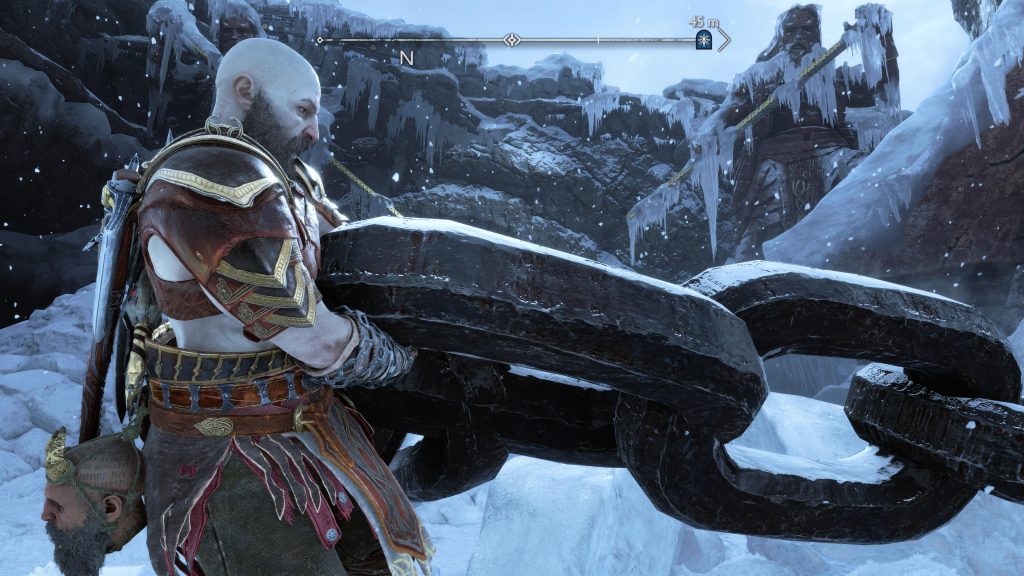
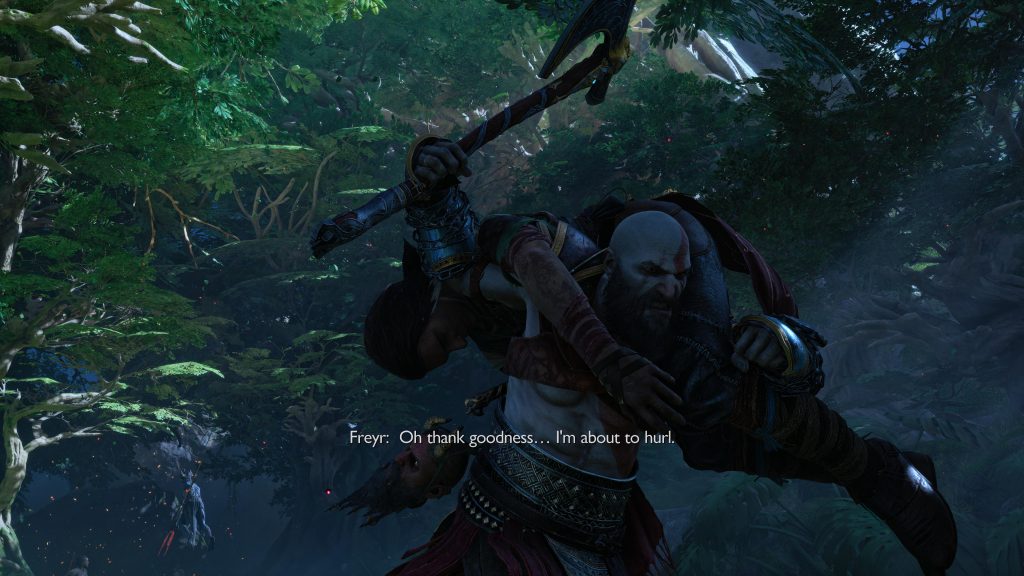
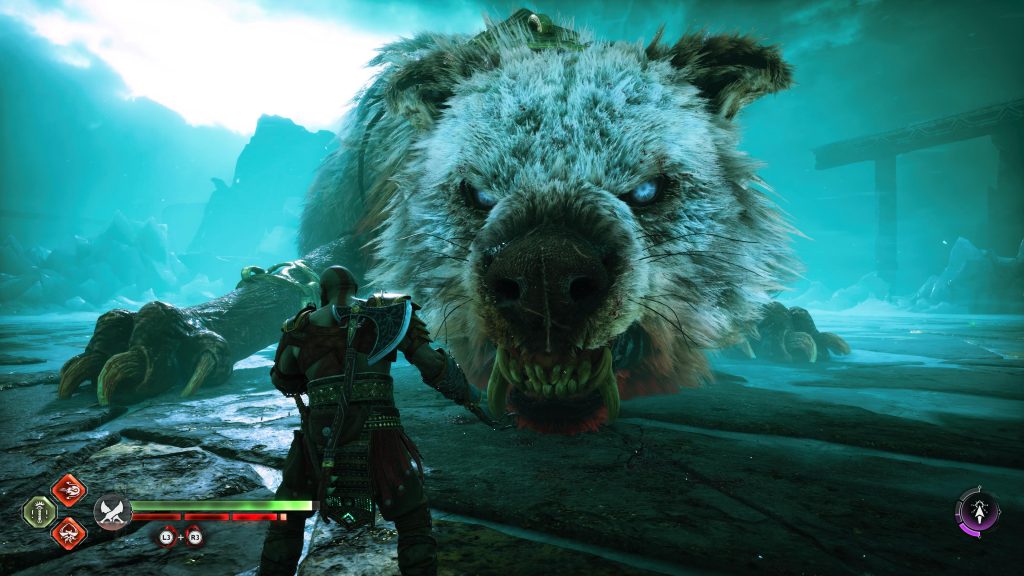
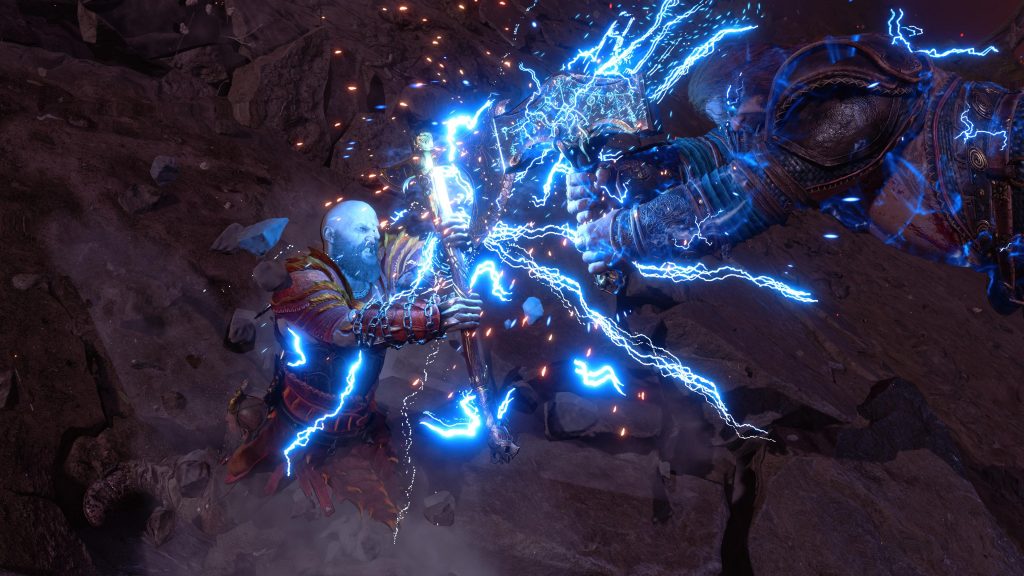
Flow
GoWR is a massive game, with a story full of twist and turns in an expansive world, plus lots of side quests and collectibles. Playing through it takes more time than a busy person’s work week, so I was surprised to have reached 100% status within two months of its release. Aside from me being a fan to begin with and the story being excellent, though, the key reason for me to effortlessly sink in so many hours so quickly was the game design’s attention to detail. It flowed smoothly and something was always happening. I never had to wait for anything or felt bored, and that was quite rare in my limited gaming experience.
Let’s take load time for example. It’s a fact of life that complex software takes time to move stuff in and out of memory. The various Need for Speed titles probably could’ve done a better job than making me wait 30 seconds between each retry of the same race, but I understand Horizon’s need to put up that black screen when Aloy fast travels between different regions on the map. These pauses in game play are an unavoidable fact of life… except that they don’t exist in GoWR. The developers cleverly hid these software processes in the background while our protagonists move through slower, less interactive parts of their journey such as lakes, desert canyons, and mystic gateways, so the entire nine realms feel seamlessly connected. Compared to the older games with a similar design (original GoW trilogy or Darksider), the far improved technology makes these transitions quite brief, too. Furthermore, GoWR fills these otherwise quiet stretches with fascinating dialogues. Instead of going from dock to dock in a straight line to pursue the next mission most efficiently, sometimes I make Kratos row the boat in a circle just to hear Mimir finish telling another story. Whereas most games just put up useless tips on a black screen, GoWR uses the load time as an opportunity to tell us more about its characters and world-building lore.
On the other hand, side quests and collectibles are a necessary evil in any open-world game that most players have a love-hate relationship with. They have to exist for the game world to be “open” beyond its main sequence of events, and we want to be rewarded for exploring various corners of the map. It’s just that they can get tedious super quickly. From climbing the 8th mountain for some paint pigment in Horizon Zero Dawn to swimming ashore the 22nd remote island for an Animus fragment in Assassin’s Creed Black Flag, I had contemplated if my time would’ve been more fun in front of a spreadsheet instead. While GoWR isn’t free of tedious chores – I totally rolled my eyes at Freya’s floral collection and the traveling lovers’ recipe book – it does a good job at telling a story about each encounter and peripherally connecting it back to the main themes of the game.
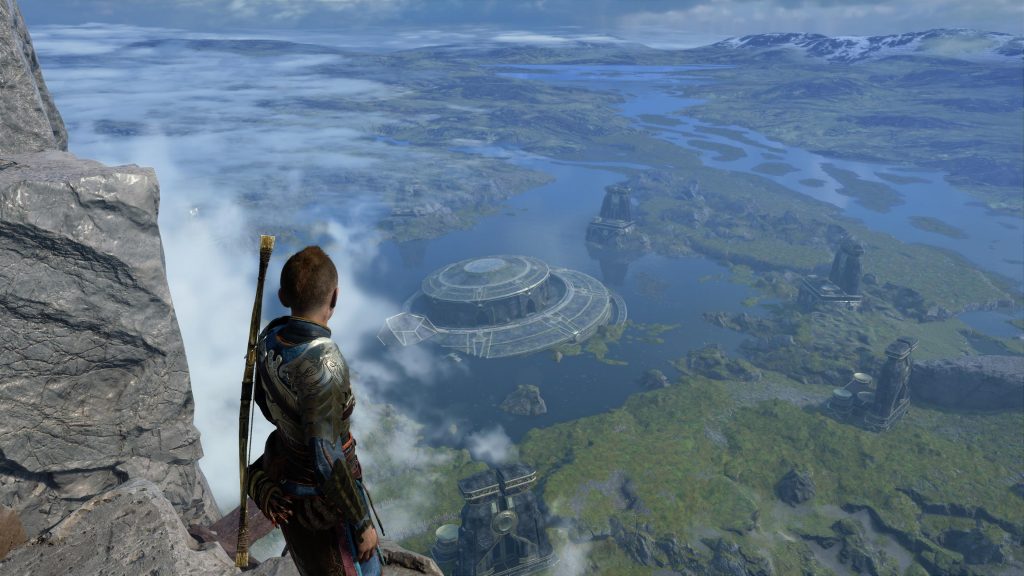
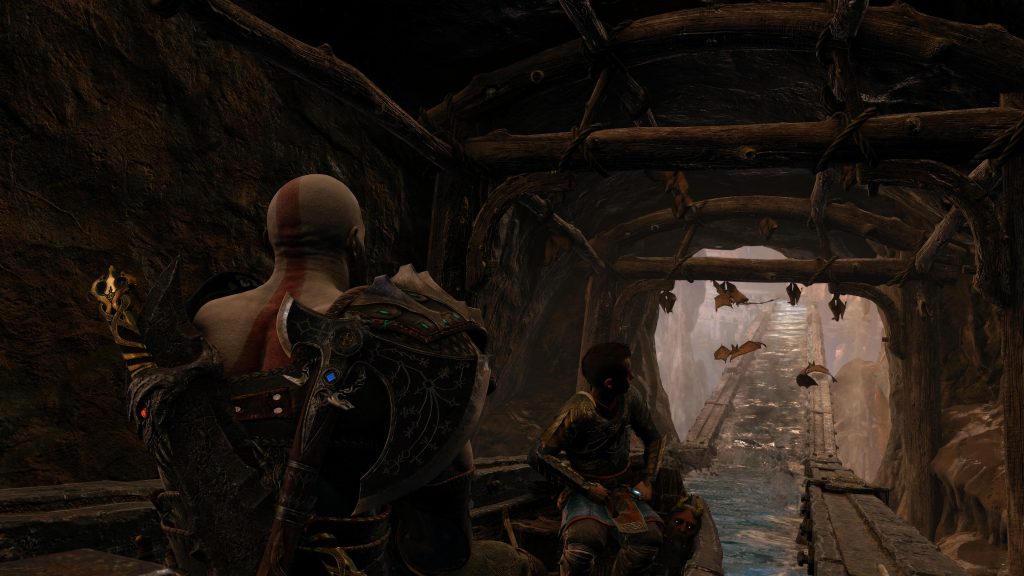
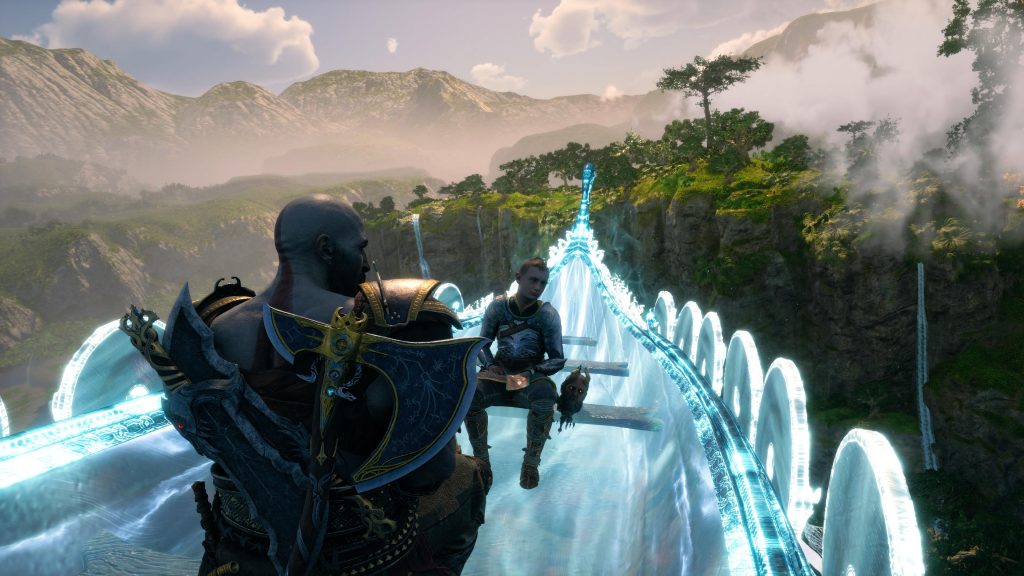
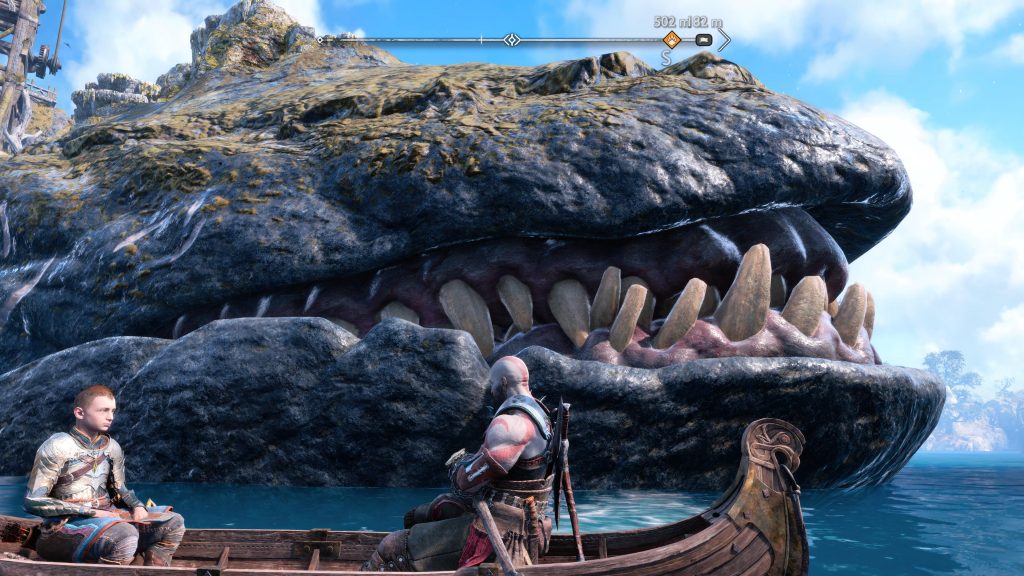
Story
For someone who cares little about the game play mechanics, the best video games are those with a great story. GoWR, more than anything I have come across, is a fantastic interactive movie. The single-shot camera angle keeps you close to the protagonists and in-tune with their emotions. The script is excellent and I was able to remember several lines word for word, despite the distraction of having a controller in hand. The acting is superb that I often forget that I’m looking at computer-rendered models, as opposed to Oscar-winning actors.
Though filled with magic-welding immortals and a threat of the world’s end, the stories in GoWR are intimately relatable to everyone because they are about family relationships. The power struggles and bonding of father and son is the natural continuation from GoW 2018, but the latest title also covers the love and hate between spouses and siblings through the eyes of its supporting characters and antagonists. Whether it’s through a recounting of a past event or displayed as a subtle facial emotion, most player are likely to react to those moments with a, “oh yeah I know exactly how that feels.” Such connection makes the story personal as a part of us lives through the characters on screen.
Another important feature in a story is the stake. When too little is at stake, it’s hardly a story; when too much is at stake, it can become unbelievable and the story gets boring. A good example is GoWR’s parallel in the MCU – Thor Ragnarok. When Hel appeared on screen, she was merely the 17th addition to a long list of the franchise’s villains who threaten – and fail – to break stuff. The fancy Norse name for her version of the world’s end meant nothing to the audience. Even when it comes to the most climatic sequel of Infinity War, when half of Thor’s friends got vaporized, we all just knew that Marvel would bring them right back. Nobody went into that movie or End Game expecting Thanos to succeed, so there’s no stake. We go just for the mindless actions and popcorn.
In the God of War universe, the anticipation of Ragnarok began in 2018. Not only was the event highly probable, it was also a somewhat desirable outcome. After all, Kratos did single-handedly destroy mythical Greece (the most satisfying thing ever), so why wouldn’t he do it again? That said, the stake in GoWR wasn’t Ragnarok itself, but the fate of Kratos. At the end of GoW 2018, we saw the prophecy of Kratos’s death. That prophecy then became the focal point of GoWR’s main story. Considering how much our beloved antihero protagonist had aged both physically and mentally, it wasn’t out of the realm of possibilities for Santa Monica Studios to retire him and have his son succeed in future games (if any). After all, Atreus / Loki is one of the most prominent characters in Norse mythology, comes from a fascinating lineage in this franchise, and has shown incredible potential to become a super badass. Killing Kratos could make a ton of sense for both the narrative and the business of this franchise. Would it happen? Nobody knows without playing through this game. What’s for sure is that the death of Kratos would break our hearts. Every time he talks about his potential demise and his son’s future, our heart sinks a bit in anticipation of a major cringe. This story is incredibly powerful because it completely draws us into a relatable and imperfect character, and then tells us that through him, we may be hitting the end of the road.
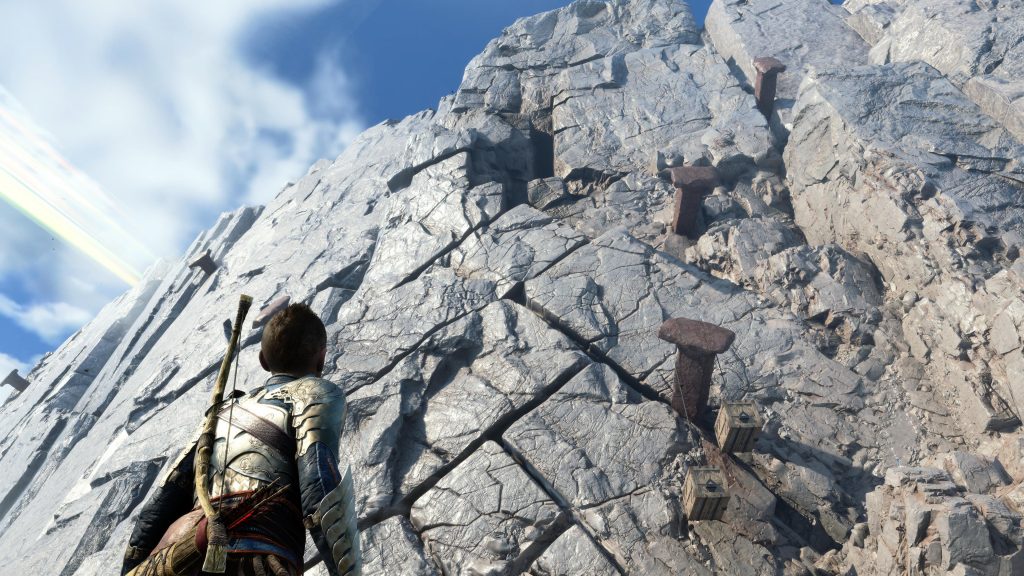
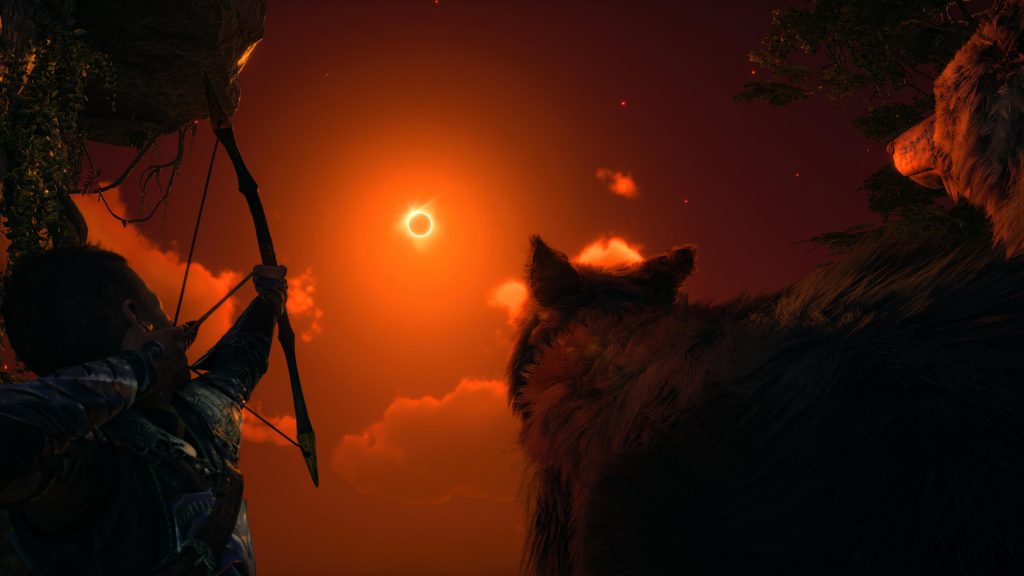
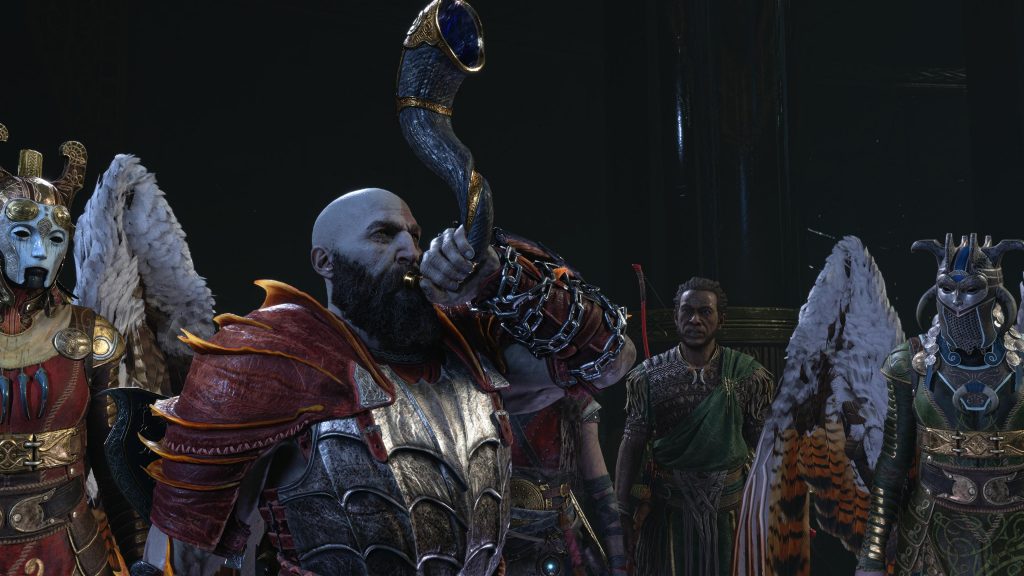
Characters
Kratos
Now in his 9th video game in 15 years, this Ghost of Sparta has three main themes throughout his story line.
The first and foremost is his love for Atreus. The parenting theme continues from the 2018 installment, and new conflicts arise as his son hit puberty. Kratos remains a level-11 stoic dad, and drives the plot mostly with his disapproval of his son’s actions. Deep down, however, you see how his entire being has converged to caring for Atreus, and how he pushes himself to become a better parent. For those of us who became parents after GoW 3 and before GoW 2018, the character development feels like a direct reflection of ourselves. Then when Kratos finally develops a complete trust in Atreus, it’s a powerful transformation that we all aspire to.
The next aspect that drives Kratos is his grief for Faye, his late wife. Although the entire GoW 2018 was about him honoring her last wish, GoWR highlights his feelings to a much greater degree. This makes sense considering that his primary focus four years ago had to be raising their young son, and only when Atreus becomes self-sufficient he has the down time to mourn. Through subtle facial expressions and dreams, we get to see the soft side of this god killer. No words, no intimacy, just pure love that you can feel and then get teary for.
The last and most impactful theme is restraint. Kratos regrets his destructive past, resists every urge for himself, and prevents Atreus from repeating those mistakes. This is a difficult pivot for his character arc, especially because his wrathful actions were what got us hooked to the original GoW franchise. I’m sure I’m not the only one wishing for a simple carbon copy of GoW 3 onto the Norse setting, brutally slaughtering one god after another until we get to punch Odin’s face into a bloody pulp. It’s admittedly disappointing to see Kratos not approach Thor the same way he dealt with Hercules in GoW 3, but this growth makes his character that much more relatable. We the players have (hopefully) also matured over the past 15 years, learned to control our actions better and not react to our every urge. There’s a deep sense of satisfaction in seeing that parallel in our beloved character, as if reaffirming our life choices. Additionally, the restraint of Kratos allows for the conflict to build up more gradually, followed by a more powerful unleash when the Aesir gods finally pushed his buttons once too many.
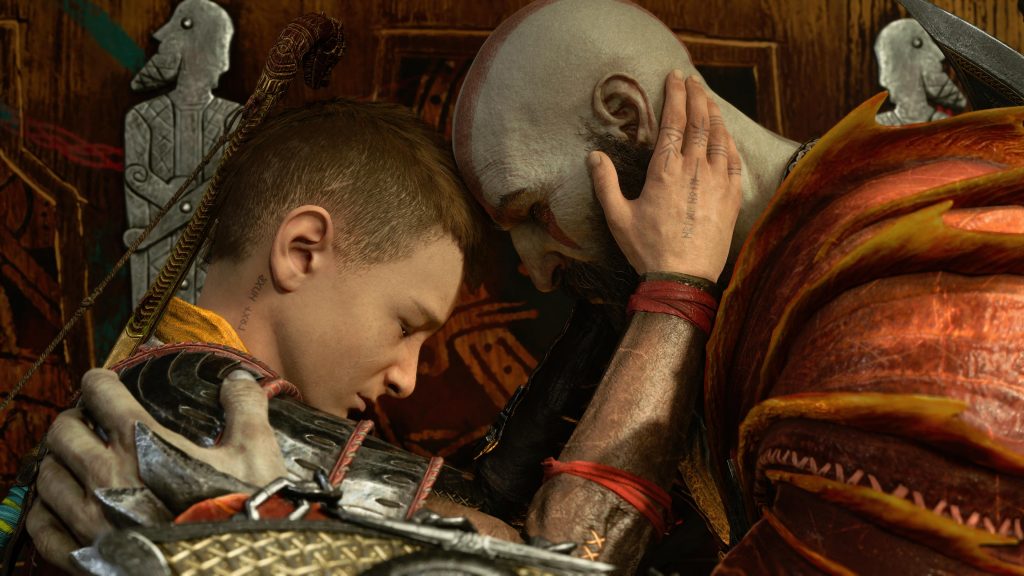
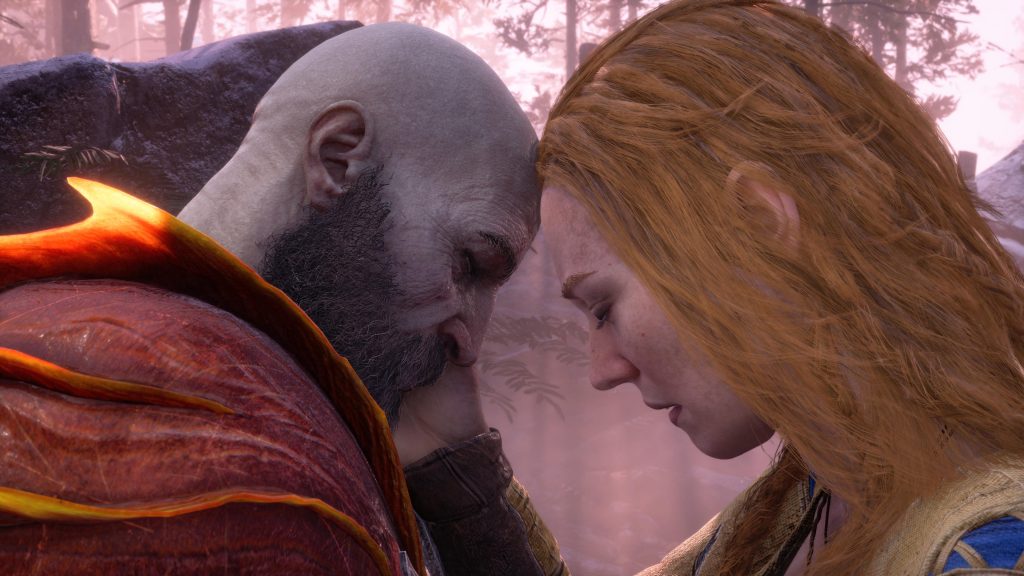
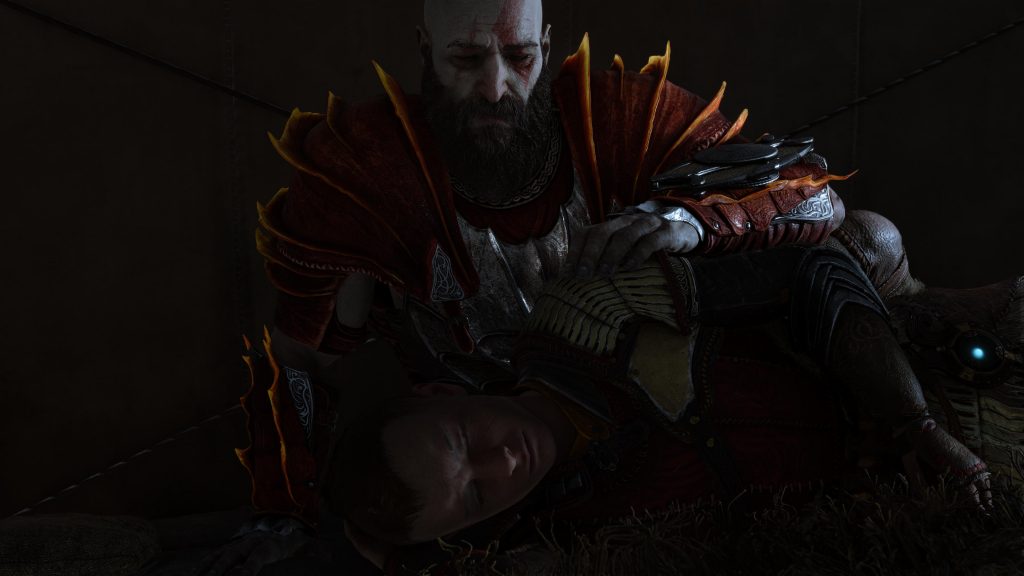
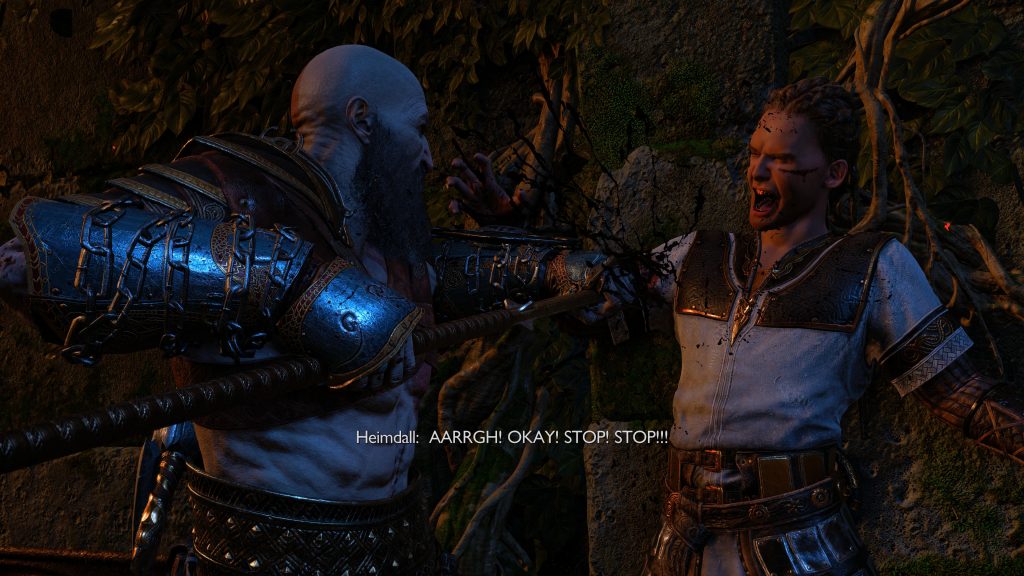
Atreus
The boy has grown to become a capable young man with a point of view, and developed a personal life beyond being Kratos’s child. In GoWR, Atreus juggles respecting his father’s wishes and following his own instincts. He learns stuff. He argues. He makes mistakes. He’s misunderstood. He rebels. Ultimately, as his dad verbally recognizes, it is the choices he made that led to the positive resolution of the story. Simultaneous to Kratos reflecting my current role as a father, his son is reminding me of how it felt to be a teenager: having a crush and getting the butterflies; sneaking out and getting caught; being stubborn and then being proven wrong…
Watching Atreus grow involves mixed feelings. On one hand, it’s impossible not to love the kinder, more optimistic member of the family. It’d be a godsend if my own children can have some of his characteristics. On the other hand, he is… not the God of War, and therefore not who I want tethered to my PS5 controller. Him rising into prominence in the game started with his own story line, followed by him developing his own flavor of Spartan Rage. Despite it being cool to see him transform into a killer wolf on demand, Atreus as a character is far more likely to stand in for Aloy than for Kratos. As the game kept dropping hints of him inheriting this video game franchise from his father, my fear for his takeover deepened as the story progressed.
After the cinematic climax of Ragnarok, the camera followed the lone Atreus again. Oh gosh, is he to somehow pick up the Leviathan Axe right before the credits roll? I sure hope not. Then, phew, after some heartfelt conversations, I was Kratos again. Atreus told me he has business to take care of in Jotunheim, gave me a hug, and went away. I breathed a big sigh of relief that Kratos was still our God of War, but that joy lasted only a second. Immediately followed was an odd sense of emptiness now that Atreus was gone. Is this what “empty nest” feels like? I proceeded to the remaining world exploration and side quests with Freya as my companion, but the game was no longer the same. Fighting Gna and the Berserker King was fun but… I miss having Atreus by my side. When Kratos got knocked out and Freya – instead of Atreus – rushed over with that resurrection stone, I want to cry.
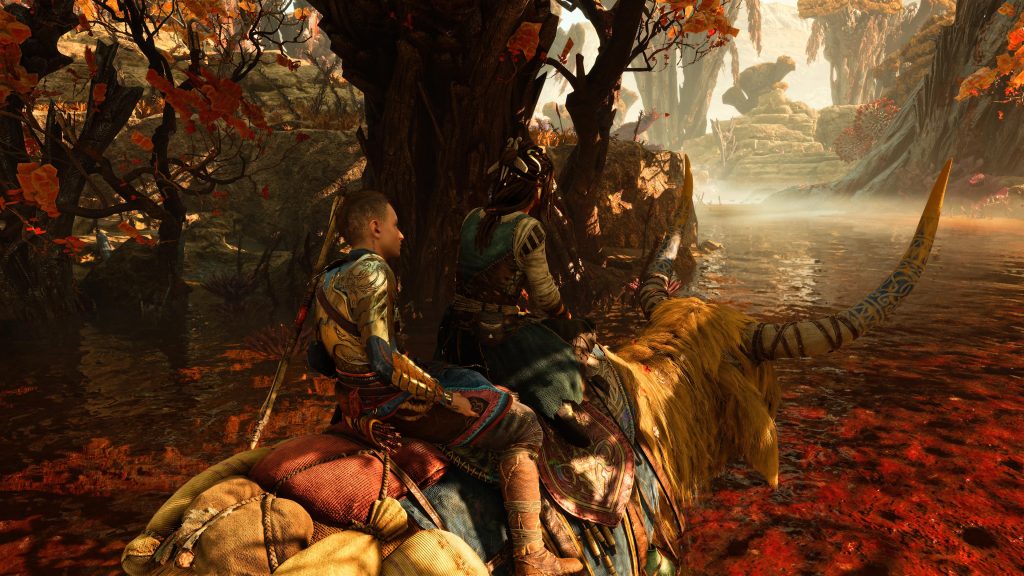
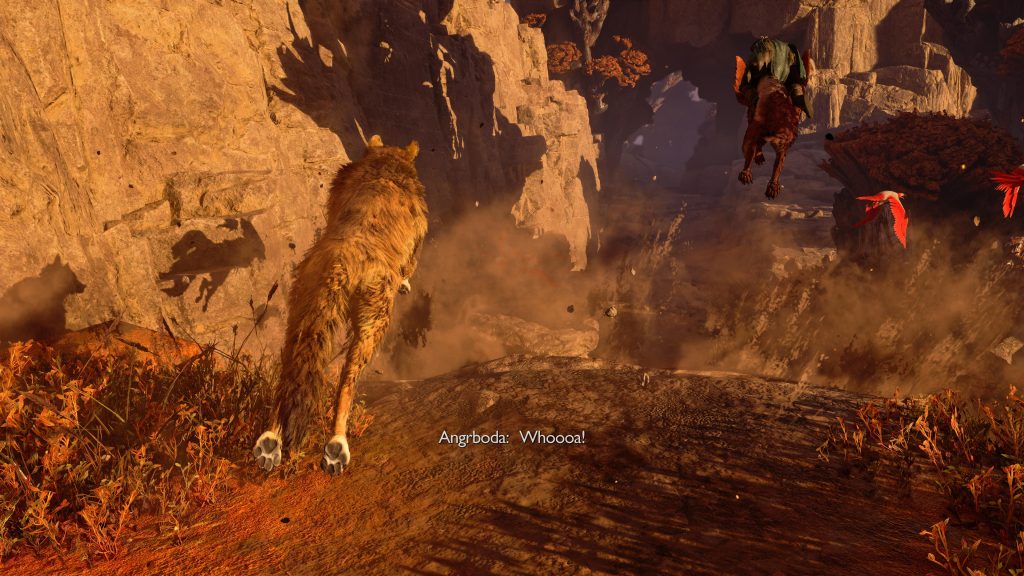
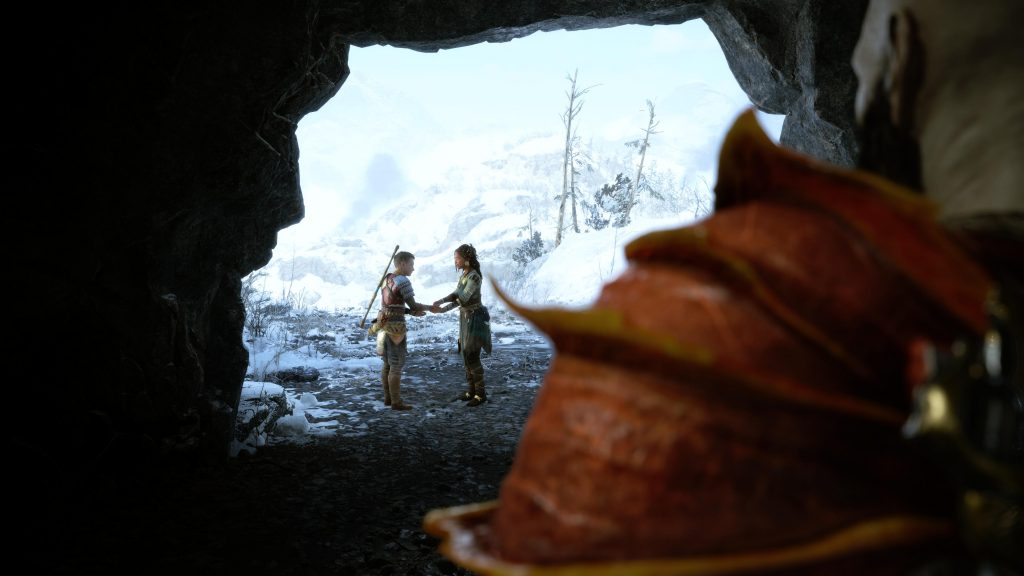
Others
Beyond father and son, GoWR invested heavily on the character arc of so many friends and foes. Freya, Sindri, and Brok each got some game time devoted to their stories, which added tremendous depth to their characters, and in turn helped us better understand the world they all shared. Mimir, Freyr, and Angrboda were less complex, but served as instrumental supporting cast to enhance the story of the protagonists. I ended the game feeling as if each of them were an old friend, because I had gotten to know them so well.
What’s more impressive is that I can say the same about the antagonists – the Aesir gods. Even though they stood in opposition of my most favorite video game characters, I was given a chance of understand their point of view instead of just assuming them to be pointless evil villains. I could be friends with Thrud. I feel sorry for Thor. I even completely understand Odin’s selfishness and insecurities, and sympathize with him. GoWR is such an amazing story because it’s written for a sophisticated adult audience, who understands that the real world isn’t just black and white with a singular solution to each problem.
While each character individually has a beautiful story, what brings the game together is a coherent theme of family. Through multiple pairs of parent and child, husband and wife, siblings, and friends, GoWR makes us examine each relationship with different dynamics, and experience love, late, guilt, and regret, and more.
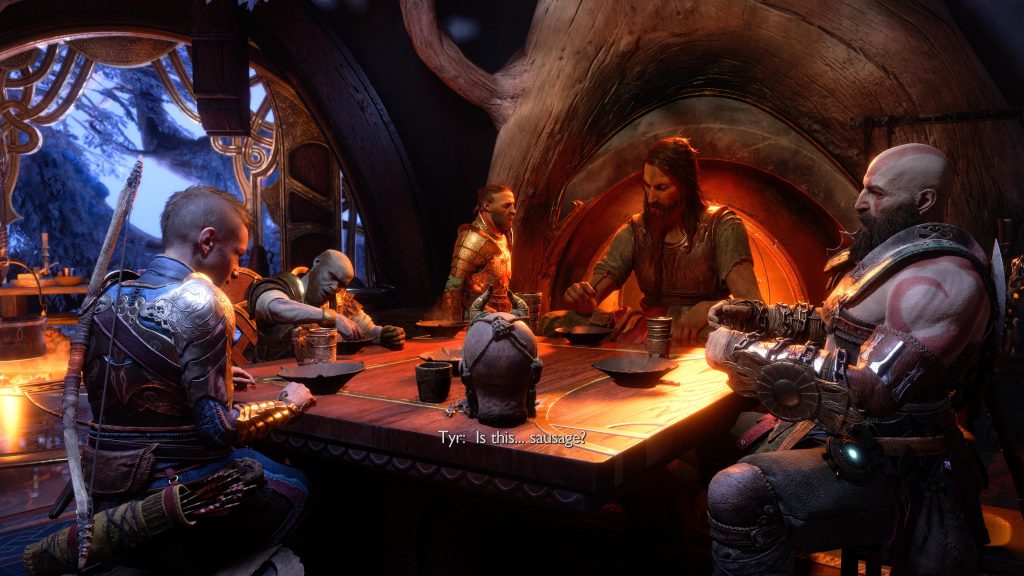
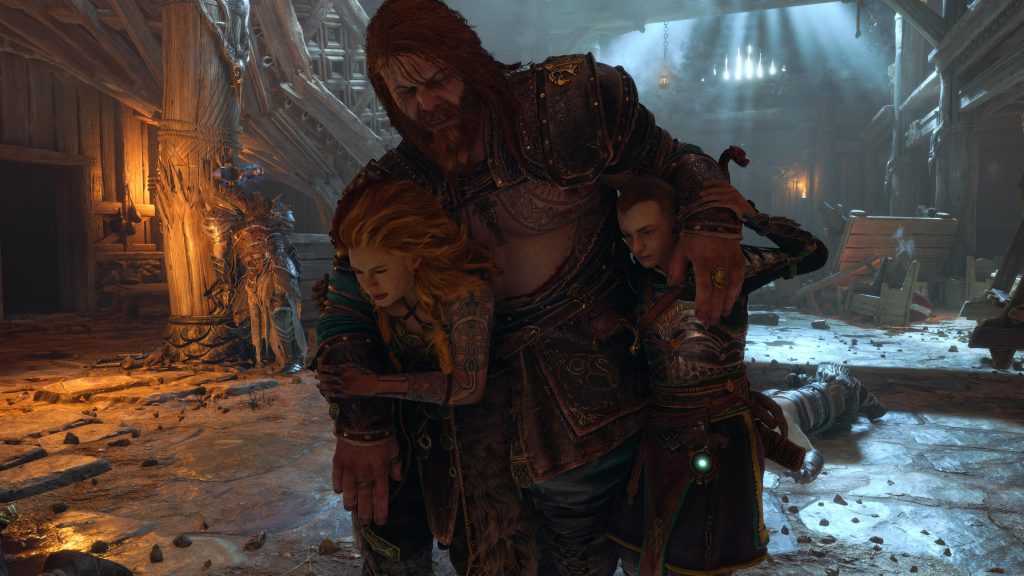
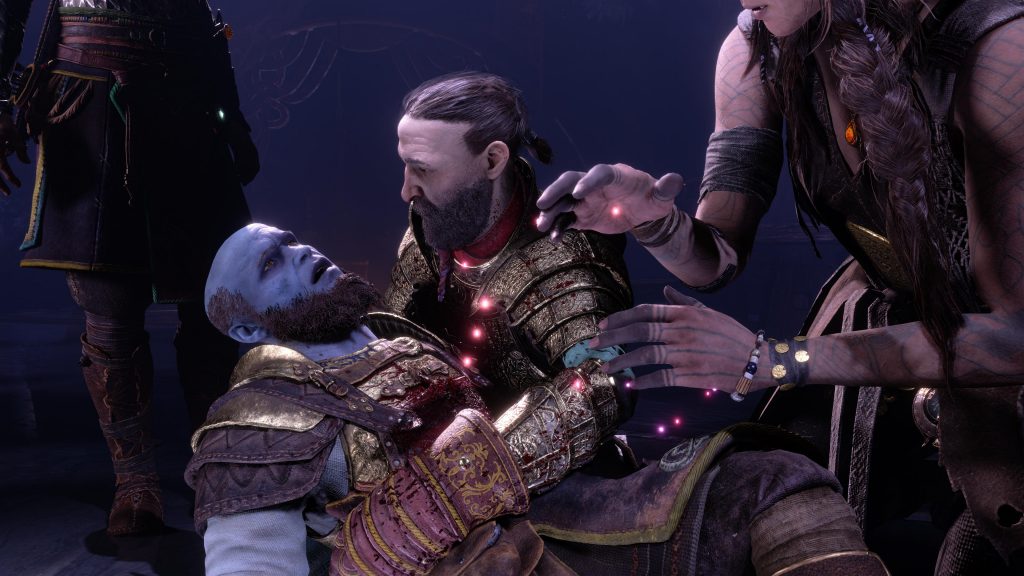
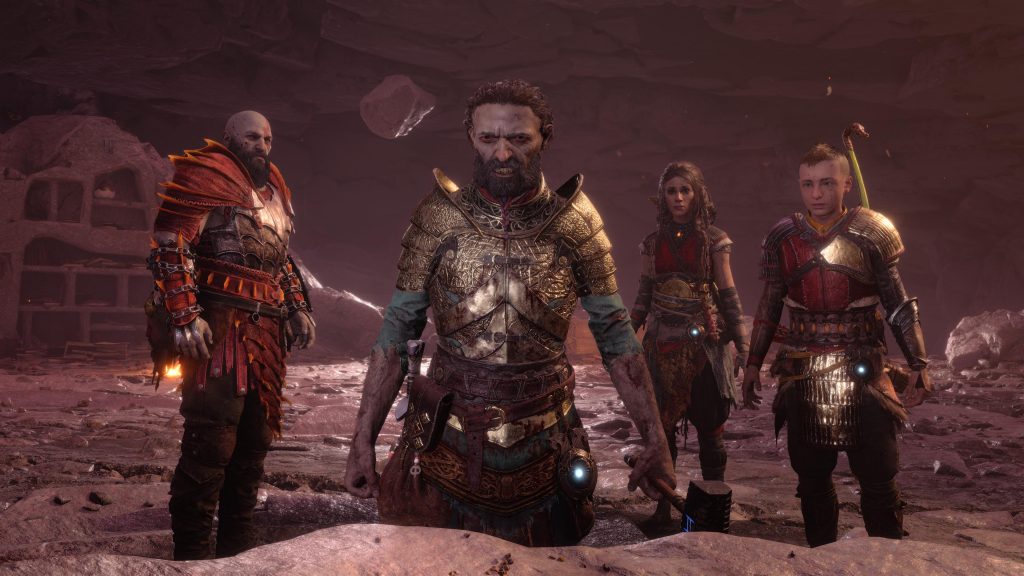
God of War Ragnarok is a masterpiece. It’s not just the best video game ever, but also an emotional journey accompanied by expert writing, superb acting, and fantastic music composition. Behind all the exciting button smashing and gorgeous moving pictures, though, the whole production is a simple reflection on family values that are deeply relatable to each and every one of us. I give it a 10 out of 10.
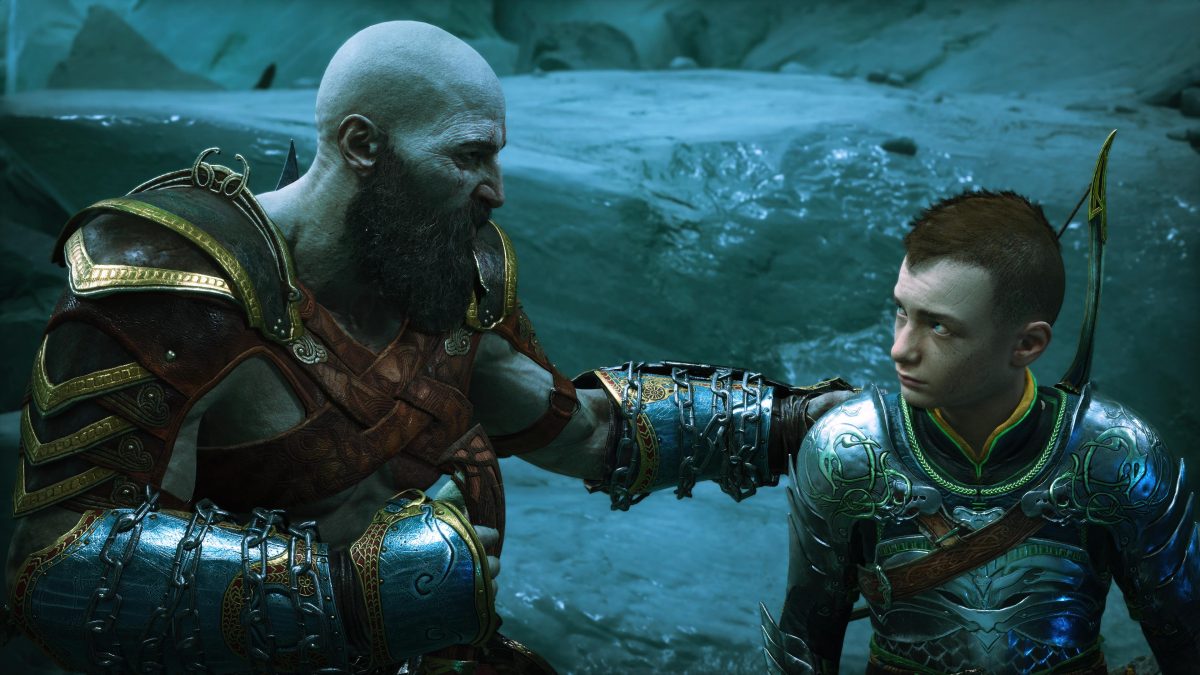
No Comments